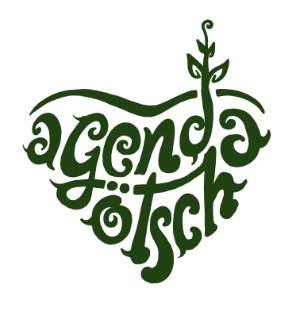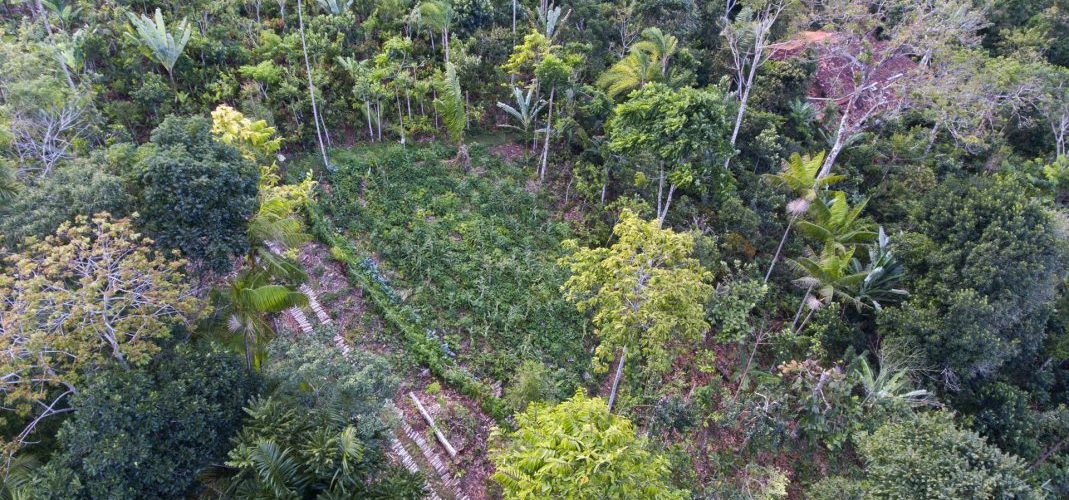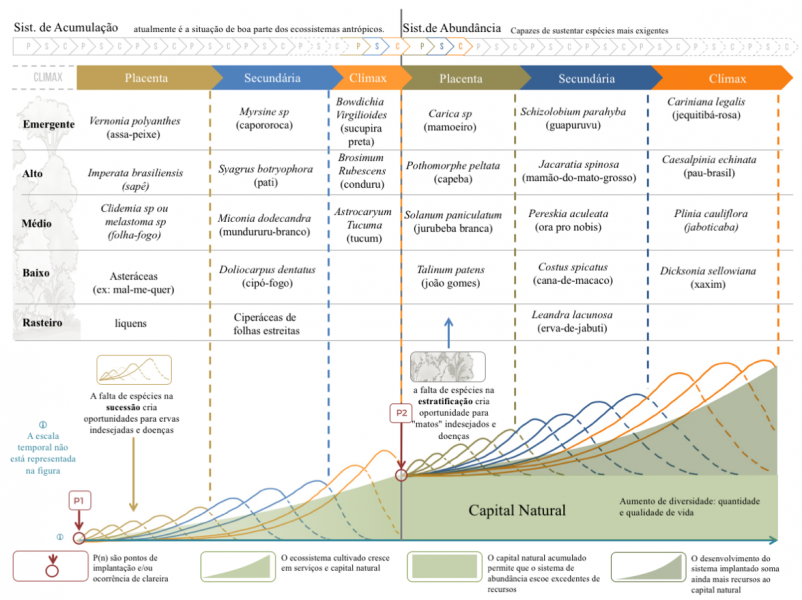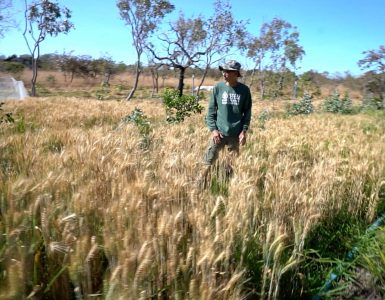One of the characteristics of Syntropic Farming is the use of consortia of plants in high diversity and density. From the initial moment of planting, the goal is to co-create agroecosystems similar to the original ecosystems of each place, both in its form, as in its function and dynamics. That is why we do not talk about crop rotation but SPECIES SUCCESSION. Our plantations cannot consider just one crop, or simple consortia of 2, 3 or 4 species. In order to recreate the MACRO-ORGANISM, it is necessary to work often with more than 30 different species. A complete syntropic system EVOLVES IN TIME AND SPACE, transforming the living conditions and taking the environment to a new (and higher) fertility level.
How do we compose the full consortia in Syntropic Farming?
The composition of the species in a syntropic consortia takes into account a series of factors that combine practical, economic and ecological aspects. But apart from those that may be circumstantial limitations of each case, the puzzle of the composition of a biodiverse consortium observes the synchronization of these three aspects:
- Life cycle of each species
- relative height within each consortia cycle
- the successional stage of each species
1) Choosing Plants
Orchestrating the consortia over time allows a dense cultivation of a high species diversity. Each plant mobilizes resources and promotes modifications that allow the establishment of other plants. In Syntropic Farming we define which species will be planted considering their suitability to the conditions in which the ecosystem is found, its ecophysiological function, its lifetime and the farmer’s productive goals.
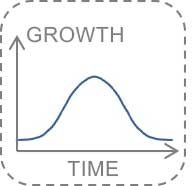

In general, all species go through a process of growth, maturation, reproduction, and senescence. The period of each cycle varies according to species.
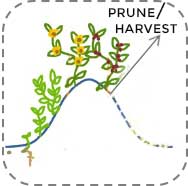
The management proposed by Syntropic Farming tries to avoid the phase of senescence. Whether by harvesting or pruning.
The idea behind the management is to maintain the species’ growth in the upward curve, towards the optimum of their development.
The information of growth is spread chemically throughout the rhizosphere of the plants, stimulating all of them. The whole system benefits from the hygroscopic mycorrhizal associations it creates. That results in more vigorous plants, more photosynthesis, more water!
2) To be planted in time...

Choosing species with different life cycles allows us to plant them all at the same TIME, as each will thrive and stand out in the system at a different moment. We also choose species according to their needs and functions that they will perform in the system.
The composition of the consortium, therefore, has a direct connection with the process of succession. * The graphic below is merely illustrative and do not accurately portrays the period of each stage. The placenta is relatively much shorter (2 years) than the secondaries (80-100 years) or climax (250-300 years).

3) .... and space
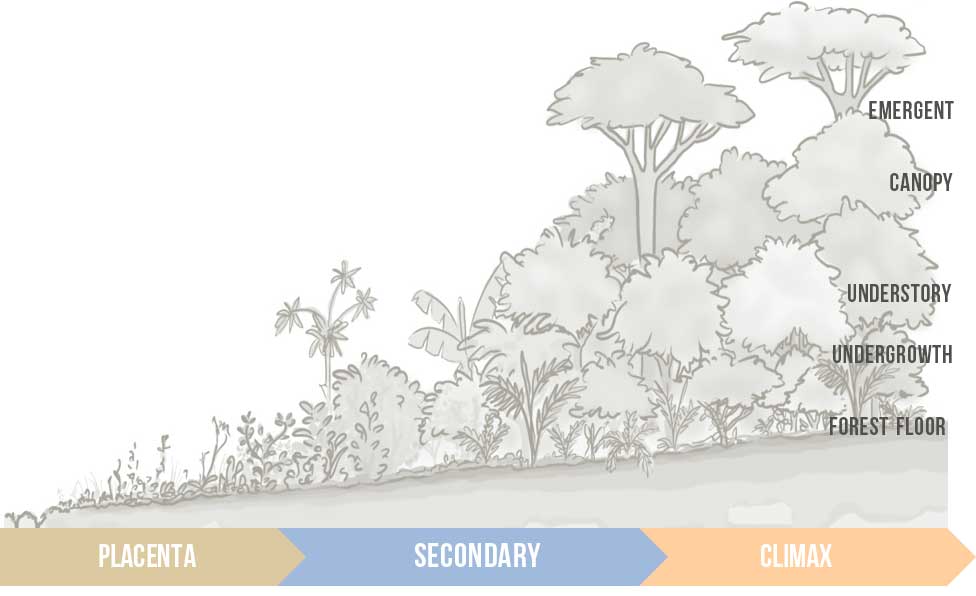
Syntropic Farming consortia are thought over time (succession) and also throughout SPACE (stratification), since the vertical areas are occupied by different strata, just as it happens in a forest.
The multi-storey layout acts as a windbreak and has positive influences on the dynamics of cloud formation.
See below a table with selected species that illustrates the categories mentioned.
*** summary prepared by: Ursula Arztmann, Dayana Andrade e Felipe Pasini ***
